Research Methodology Will Continue to Evolve in India: Bruce Gonsalves
Jonathan Haigh, Global Media Insight Director - Global Solutions at Kantar Worldpanel and Bruce Gonsalves, VP, IMRB Kantar Worldpanel were recently in India for IMRB Kantar Worldpanel’s Annual Seminar: Consumer Connections 2015.
They took the attendees through an illuminating presentation on the impact of brand exposure on different media in obtaining the brand objective.Adgully.com team spoke with them on the sidelines of the seminar to understand their perspective on consumer segmentation, palate based segmentation and the growing influence of digital media among other things.
Excerpts of the interview:
Adgully (AG): How would you define the Indian consumers?
Jonathan: In my view consumers should always be defined according to the client’s’ specific needs a world panel company, we have a thought process about who the Indian consumer is, however every client’s needs are different and so we prefer not to define Indian consumer as a single entity.City tiers, development levels of citiesand other such things become very relevant. Somethings of course are obvious, we need to look at thedevelopment level, urban rural and other such things. Having said that, every market has its nuances and every client has unique requirements, and they play a very important role when defining a consumer.
AG: How does consumer research in India fare vis-à-vis other markets?
Bruce:If you compare panel based research we are doing in India and the rest of the world, systems and methodology we use are consistent and at par with the rest of the world. We have run a panel of 79,400 and it is the second largest panel in the world. However, research all across the world is an evolving industry, and there are always new methodologies and techniques which are being implemented, tried and tested. We are also on that growth path. As research methodology is always changing and improving, it would continue to evolve in India as well.
AG: What opportunities do you see for IMRB Kantar Worldpanel in this market?
Jonathan: IMRB Worldpanel has an incredible opportunity. Probably two-three years ago the world wanted to know about China, and they perhaps have enough knowledge about China now., However,at this point in time,the world wants to know about India. Most international companies are keen on knowing what is happening in India, how effective the people are, what they areshopping, what they are doing, how are they changing.This an absolutely unique opportunity, and it is huge. Everybody in India and abroad wants to know about India and the upcoming opportunities here.
Bruce: Given our Worldpanel, opportunity it gives us is massive. It is actually a two-way desire for information. Multinationals are keen to get information about India. But iIf we look at the role of Indians in a lot ofIndia grown multinationals, they are looking at expanding their business and they are equally interested in understanding consumers from other parts of the world. The partnership between IMRB and KWP when they formedjoined jointventures was a two way transfer of understanding of consumer behaviour, .also This method also allows us to find out similarities and differencesof inIndian consumer and the consumer in rest of the World.
AG: How would people based sales effectiveness measurement help?
Jonathan: There is a huge need for it in the Indian market. Not huge amount of it is available right now. In my view, it is going to be our USP here. We position it alongside market modelling. We have a comprehensive methodology of doing total campaign sales effectiveness analysis. , Our key strength is our ability to understand consumers. From the impression we are getting, there is a huge need for sales led people understanding here.
AG: Palate based segmentation is a very interesting concept. How does it work?
Jonathan: Palate based segmentation is very important.We generally look finda broad segmentation across general habits, life stages and other such things.However, understanding each market we are dealing with in properly detailis critical. If we talk, especially of Indian market,which itis quickly evolving and is having a lot of new stimulus. We do segmentation with our clients, we also do cross segmentation.Through these segmentations you can understand the consumers, who they are and what they do.
AG: In cities like Mumbai and Bangalore, which have people from various parts of the country can palate based segmentation work?
Jonathan: There is absolutely no reason to think that it won’t work in these cities. The point is you have to be very detailed in how you create that segmentation. As always the ingredients of segmentation are also the segmentation strength. Coming back to the panel element, the strength of the panel, the continuous nature of the panel, the representative nature of the panel helps in creating such segmentations. But again if you do a broadbased segmentation and if you don’ttake all the factors into account, segmentation might not work. But ideally, it should, it could and it will.
Bruce:Because of the size of the Indian panel which is about 79,400, it gives us enough sample size within each metropolitan city to understand these differences.
AG: Moving to digital media, what are the key factors for the success of a digital campaign?
Jonathan:Digital has been a very successful medium. The first element of it is the way you target you can target the people you want to target can also control the exposure people have.Thus it has an obvious advantage over other mediums like television and radio in delivering an efficient reach. However, in terms of delivering mass reach digital element is still limited but growing massively yearonyear in all geographies.
AG: Do you think digital will overtake television sometime soon?
Jonathan: We are still seeing television generates 80 to 90% campaign reach.It will take a lot of time for digital to take over television. Television is still a mass media and watched by a large number of people. Digital on the other hand, will continue to grow. It will become more varied and it will continue to be more influential in our lives.
AG: How attentive people are to ads on social media considering they are engaged in interacting with their friends?
Jonathan: We are seeing very strong performance of social media sites.One potential reason for it is that people are very engaged when they are on the social media sites, it is something they are choosing to do, something they are actively participating in. There are strong reasons to believe that brand communication in this environment is more effective. However, again within most geographies reach that social media can deliver is currently limited, though growing at an exponential pace.
debarati(@)adgully.com


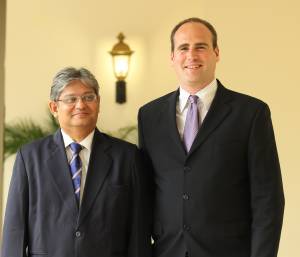
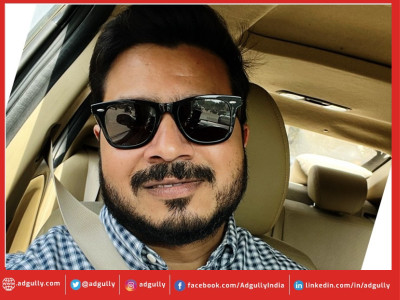
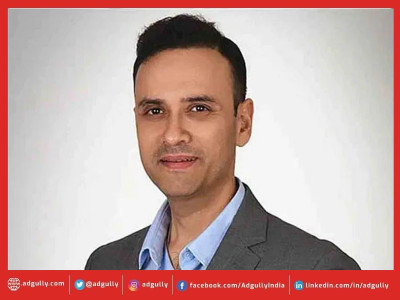



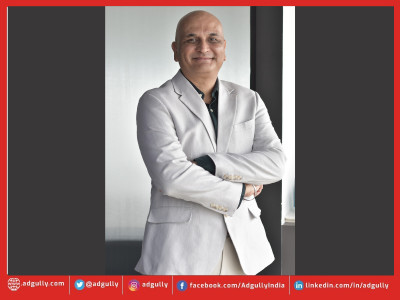

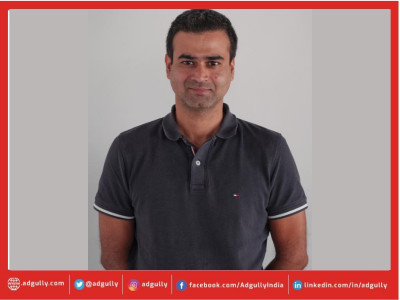


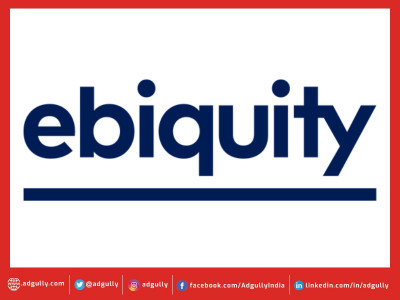
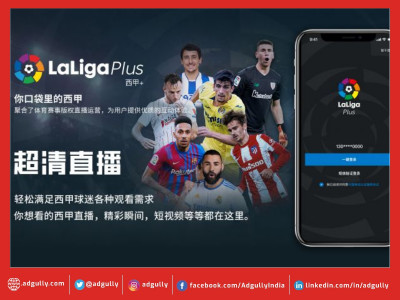


Share
Facebook
YouTube
Tweet
Twitter
LinkedIn